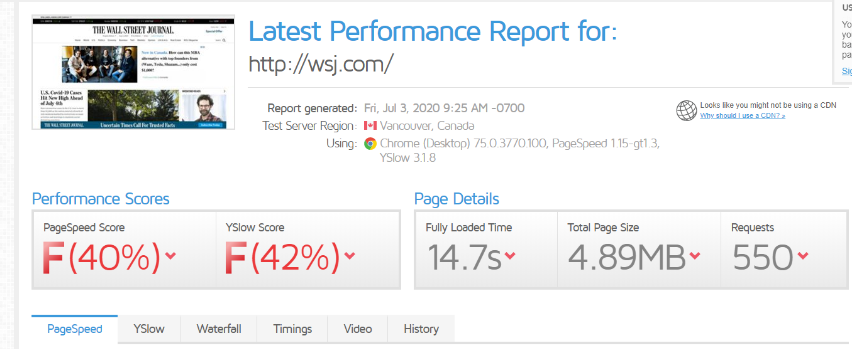When comparing PageSpeed Insights with GTMetrix or other third-party tools, it's essential to understand the differences in how these tools operate, especially for websites displaying ads or media below the fold. Ezoic employs a technique called lazy loading, which asynchronously loads ads, images, videos, and other rich media elements only when the user scrolls to the point where these elements become visible. This ensures a faster loading speed by prioritizing the loading of essential elements first, allowing users to engage with the primary content quickly.
Lazy loading aligns with Google's webmaster guidelines and is widely regarded as a best practice among ad operations professionals and developers globally. However, many speed analysis tools, like GTMetrix, are not designed to render pages the way actual users do. Unlike PageSpeed Insights, which uses Google Lighthouse and Chrome user data, GTMetrix cannot differentiate between lazy-loaded elements and those that are not. This limitation often leads to artificially inflated page load times, giving a misleading impression of a site's performance.
For example, GTMetrix's inability to account for the lazy loading of ads, images, stylesheets, iframes, and deferred JavaScript means that the reported "page fully-loaded" times do not accurately reflect the user experience or the true loading time of the page.
Furthermore, many recommendations provided by tools like GTMetrix are checklist-based and do not consider the context or relevance to actual site speed or performance. These tools often miss the point that user experience is more critical than achieving a perfect site speed score. For instance, well-known sites like The Wall Street Journal may receive poor scores from such tools despite delivering a satisfactory user experience.

Ultimately, Google's PageSpeed Insights metrics are more relevant for site ranking purposes, as Google uses these metrics, not GTMetrix scores, to rank websites.
